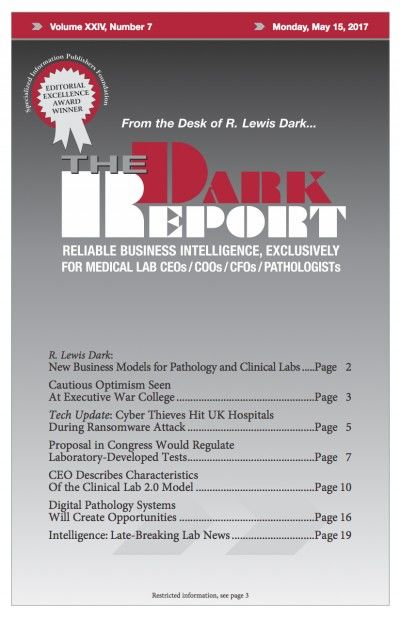AT LEAST 48 HOSPITALS, PHYSICIANS’ OFFICES, and ambulance companies in Britain’s National Health Service were among the many victims of a cyberattack Friday that affected tens of thousands of computers in as many as 150 countries, The New York Times reported. Hackers used malicious software developed by and stolen from the U.S. National Security Agency, …
Cyber Thieves Hit UK Hospitals During Ransomware Attack Read More »
To access this post, you must purchase The Dark Report.


